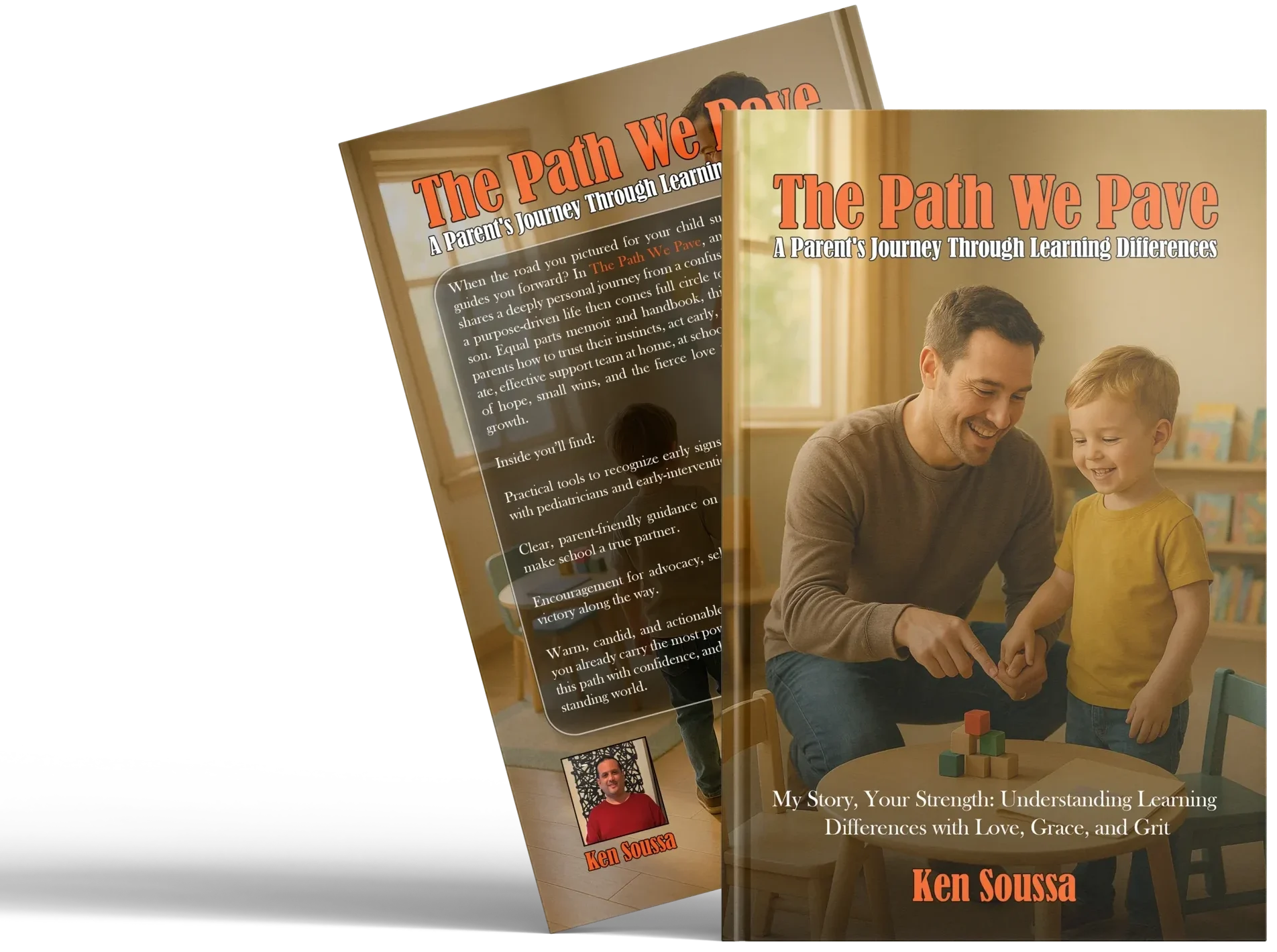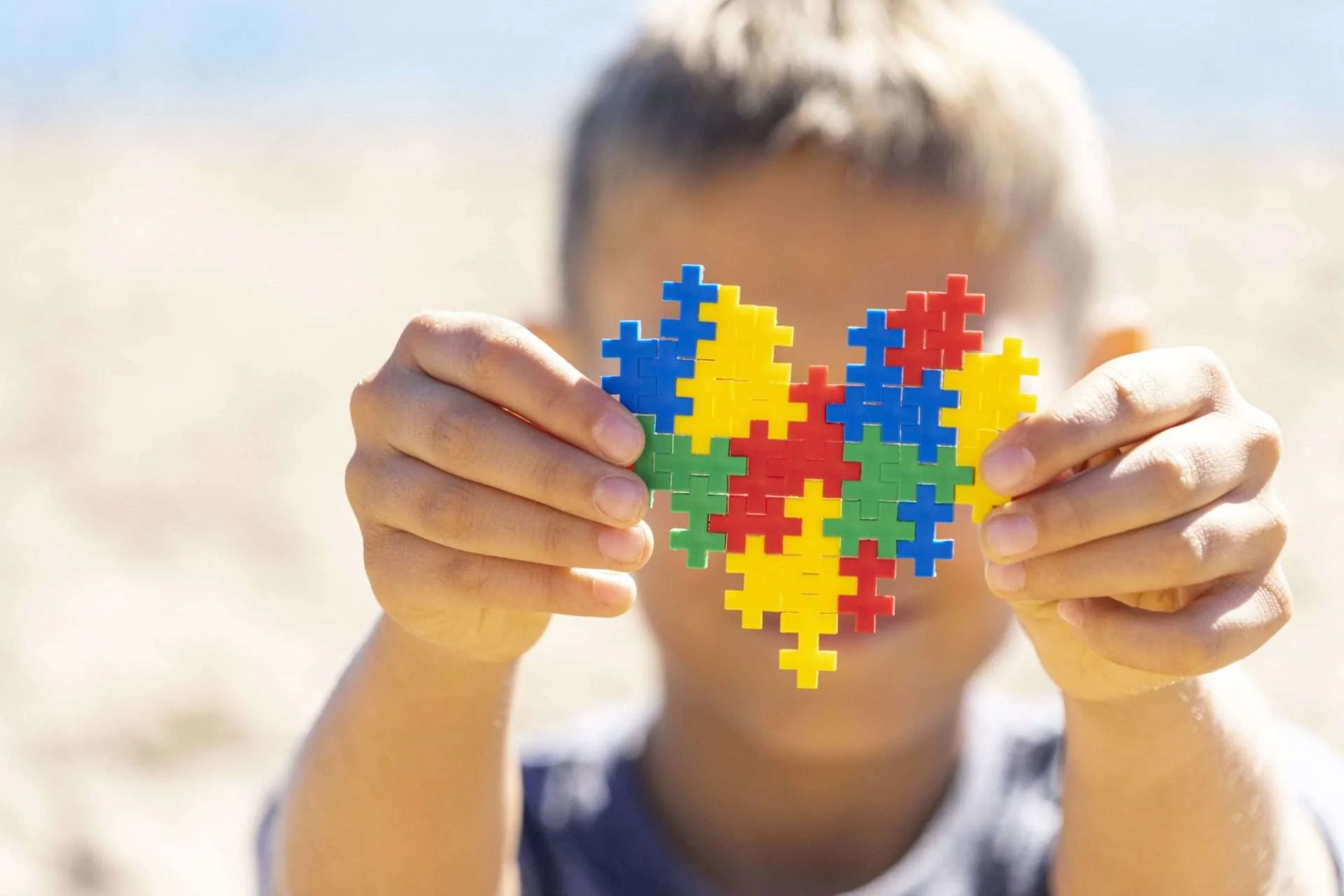
Welcome to the New ParentTeacherPath.com!
I’m so excited to share that ParentTeacherPath.com has a brand new look—and even more ways to support you on your journey. Whether you’ve been here from the beginning or just found us today, welcome. This space was created for parents like you—navigating the world of special education, trying to do what’s best for your child, and maybe wondering if you’re getting it right. You are. And now, it’s even easier to stay connected and get the resources you need. What’s New: The site is cleaner, easier to navigate, and organized by topic—so you can find the tools, tips, and stories that matter most to you.



















